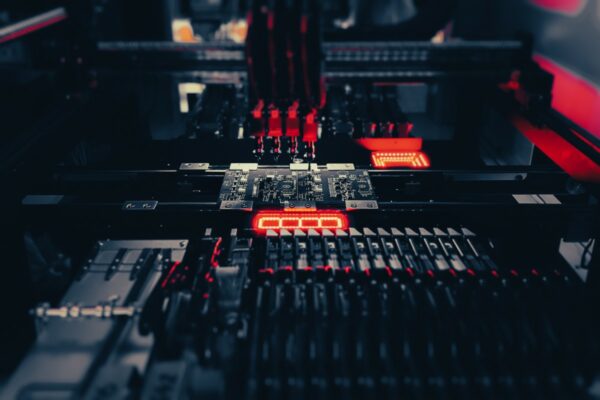What is Warping
Warping is the deformation or bending of a printed circuit board (PCB) that occurs during the fabrication process or due to external factors such as temperature changes or improper storage and transportation. It is characterized by the PCB not being perfectly flat, which can have negative effects on the assembly process and the overall performance of the PCB.
One of the main concerns with warping is its impact on the accurate placement of surface mount technology (SMT) components. When a PCB is warped, the pick-and-place machine is unable to maintain a constant height, leading to inaccuracies in component placement. This can result in low yields and higher rework during the assembly process.
Warping can also affect the retention of SMT components during the reflow process. If the high temperature inside the reflow oven causes a change in the flatness of the board, the components may slide out of position, leading to solder bridging and open circuits. These issues can result in quality problems and potential product failures.
The causes of warping in PCBs can vary, but one common cause is the difference in expansion coefficients between the copper foil and the PCB substrate. During the production process, the PCB substrates undergo expansion and contraction, but the difference in expansion coefficients can result in unequal expansion and contraction, leading to the generation of internal stresses. The release of these internal stresses can cause warpage in the PCB.
To prevent warping, various measures can be taken during the PCB fabrication process. These include balancing the copper pattern on each layer of the board, equalizing component layout and thermal distribution, ensuring symmetrical arrangement of interlayer prepreg, and removing stress from the board after lamination. Additionally, precautions should be taken during the plating process to avoid warping.





